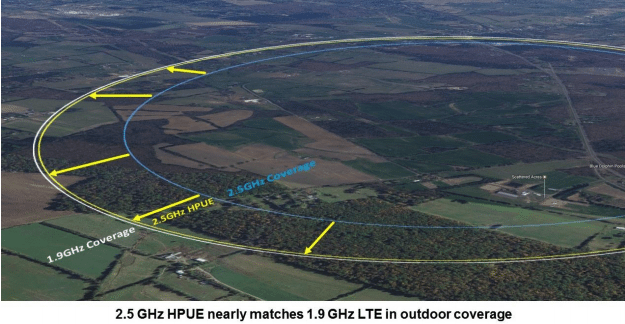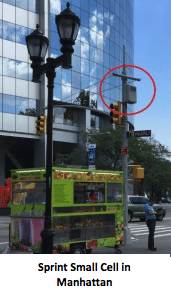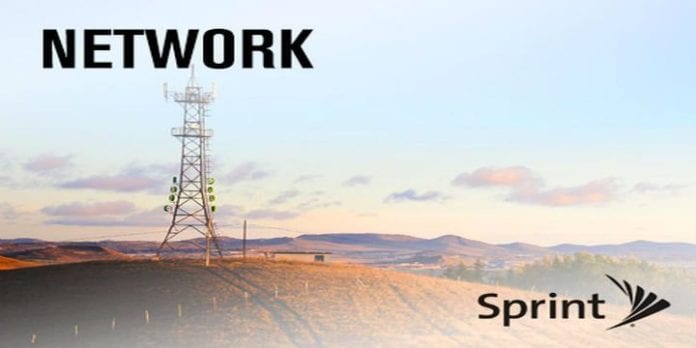Citing a recently approved HPUE protocol from 3GPP, Sprint expects near coverage parity with 1.9 GHz LTE, seeing small cell performance gains.
Sprint is looking to shore up some of the deployment shortcomings of its 2.5 GHz spectrum band, announcing plans to tap into a range-extending standard recently certified by the Third Generation Partnership Project.
The carrier claims the high performance user equipment technology can extend coverage of its 2.5 GHz-based TDD-LTE network by up to 30%, or to nearly match the coverage characteristics of its LTE network using the 1.9 GHz spectrum band. The enhancement comes from a power upgrade in the device designed to allow for greater uplink connectivity support.

The new power class 2 standard was approved by 3GPP on Dec. 6, and has already garnered support from China Mobile and Sprint’s parent company SoftBank; chipset vendors Qualcomm and MediaTek; and device makers Samsung, ZTE, LG, HTC, Motorola and Alcatel. Sprint said it expects the first devices embedded with the new technology from Samsung to hit the market next year.
Sprint CTO John Saw noted that despite the increased transmitting power from within the device, there was virtually no impact on battery performance.
Notable absent from the device support list is Apple, though the carrier does note it expects the HPUE technology to be in all new devices in the next two years. Sprint this week did show an Apple iPhone with an as-yet-to-be-released update supporting its three-channel carrier aggregation enhancements for its LTE Plus network.
The HPUE technology itself is currently limited to LTE band class 41, which is a time division duplexing band class for the 2.5 GHz spectrum band. Band class 41 has garnered support from a number of telecom operators working through the Global TD-LTE Initiative.
Small cell deployment details
Outside of the new device upgrade, Sprint also shed light on its small cell deployment program, noting it had recently completed the rollout of 200 small cells in Manhattan, with the deployment showing increased network speed compared with previous network performance.

Saw noted testing conducted by RootMetrics found median download speed increased 43% while median upload speed increased 56%. The small cells were said to work in combination with the carrier’s macro sites also using the same spectrum band, but with the respective deployments using different channel deployments and thus removing interference concerns.
Sprint is betting heavily on small cell deployments to both increase density and performance of its network as well as reducing deployment costs. Sprint CFO Tarek Robiatti noted earlier this year the carrier feels small cell deployment costs can come in at about 60% to 70% lower than traditional macro sites once all aspects of deployments are factored.
Günther Ottendorfer, COO of technology at Sprint, said the carrier’s LTE network was now carrying 92% of its total network data traffic, with the remaining 8% still traversing across its 3G-based CDMA platform. Of the LTE traffic, the 2.5 GHz-based platform was said to be carrying more than 40% of the total traffic, which the carrier said it expects to continue increasing.
Sprint had previously stated plans to also use its vast 2.5 GHz spectrum holdings in support of its “5G” network moves, with the carrier claiming the band is set to be the low-band spectrum platform for 5G deployments.
“In our mind 2.5 GHz is going to be to 5G what 800 [MHz] is to the 4G world,” explained Robbiati at a recent investor conference.
Bored? Why not follow me on Twitter.

